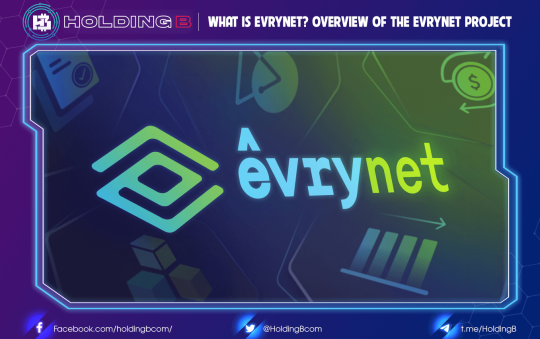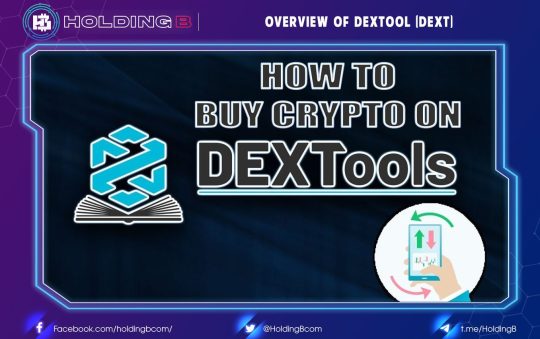In recent years, open source software that leverages blockchain technology has grown, among which are Dapps. So what is the concept of Dapp? Let’s learn with us some basic decentralized applications in this article.
What is a Dapp?
Dapps (Decentralized Applications) are decentralized applications built on a decentralized network that supports smart contracts and front-end interfaces for users. These applications will focus on solving problems in a certain area.
For example, a developer could create a Twitter-like Dapp and place it on a blockchain, where any user can publish messages. Once posted, no one, not even the creator of the app, can delete the message.
Some characteristics of Dapp
- Open Source: The source code is purposefully made available to the public, which means anyone can verify, use, copy, and modify the code.
- Decentralization: Since Dapps run on a blockchain network, they are not controlled by an entity or authority. Instead, they are maintained by multiple users (or nodes).
Note: Since decentralized applications are built directly on blockchain platforms, the nature of these decentralized applications will depend on those blockchain platforms. For example, transaction speed, TPS (transactions per second), scalability, stability,…
- Cryptographically secure: The application is cryptographically protected, which means all data is recorded and maintained in a secure blockchain.
How do Dapps work?
A Dapp works similar to a blockchain network. In this case, each Dapp user is a node in the network. Each user monitors the exact transactions and transactions made on the said network.
The communication channel that the Dapp uses is the blockchain. In it, a record is kept of every transaction through the smart contract that controls the Dapp. Whether Dapp users accept transactions is up to the programming of the smart contract in question.
In this case, the smart contract is the intermediary point responsible for verifying the validity of each interaction. Every time there is a new transaction in the Dapp, the background information is updated on each node. This ensures that information is stored in each of them. In this way, each user contributes to maintaining and running the application using their own computing resources.
Dapps run on the blockchain, so they take advantage of security, privacy, and even anonymity. In addition, they ensure that the data taken by the Dapp is always in absolute control of the user.
Advantages of Dapps
- Promoting user privacy
- Resist censorship.
- Flexible platform that enables Dapp development.
The disadvantage of Dapps
- Experiments may not be scalable, especially in cases where an application requires significant computation and overloads the network, causing network congestion.
- Challenges in developing user-friendly interfaces
- Making the necessary code changes is difficult.
What is the difference between a centralized and a decentralized application?
A centralized application owned by a company. application software for a centralized application that resides on one or more servers controlled by the company. As a user, you will interact with the application by downloading a copy of it and then sending and receiving data back and forth from the company’s servers.
For example, Twitter, Facebook, Instagram, and Netflix. Banks and other financial institutions use centralized applications to allow their customers to access their accounts online.
A decentralized application that operates on a blockchain computer chain or a peer-to-peer network. It allows users to engage in transactions directly with each other instead of relying on a central authority. The dApp user will pay the developer an amount of cryptocurrency to download and use the program’s source code. The source code is known as a “smart contract,” and it allows users to complete transactions without exposing personal information.
It can be said that Ethereum is the largest platform with many Dapps launching on the blockchain. However, there are still some other potential Dapp networks, such as:
Eg:
EOS: Founded by STEEM Dan Larimer, EOS is one of the most notable projects today. The main aim of EOS is to provide developers with a highly scalable platform that overcomes what Ethereum has failed to do so far.
TRON: Quickly leverage the scalability of this platform to attract a large number of users and developers.
Some types of decentralized basic applications
There are many Dapps, with different use cases. These could include exchanges, wallets, betting apps, games, finance, social networks, and other services.
Currently, decentralized applications drive their own operations through an encrypted system (digital tokens created through the use of smart contracts). The tokens can be specific to a particular Dapp (e.g. Steem tokens used on Steemit) or they can be derived from the blockchain hosting the DApp, as in the case of CryptoKitties using ether (ETH).
Closing thoughts
Dapps have secured their place as an indispensable tool and paved the way for further growth and development. In the future, Dapps are expected to become more popular as more investors join to take advantage of the efficiency of these platforms.
Don’t forget to follow useful articles about Crypto Market from team Holding B !!!
- Telegram Channel: https://t.me/HoldingBcom
- Telegram Group: https://t.me/HoldingB
- Website: https://holdingb.com/
- Twitter: https://twitter.com/HoldingBcom
- Facebook: https://www.facebook.com/holdingbco





